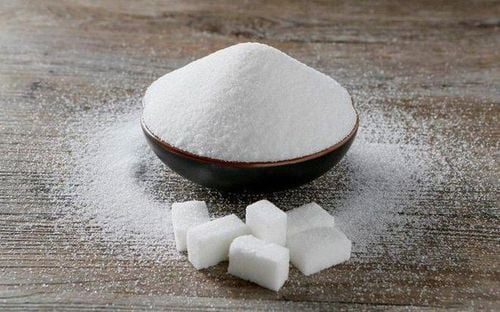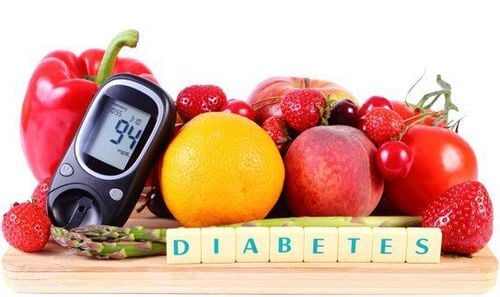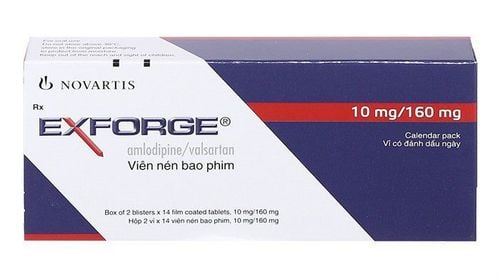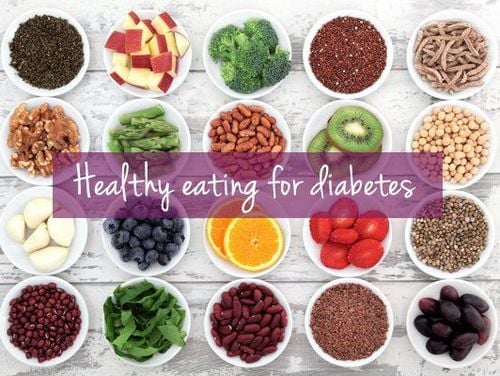Department of Examination & Internal Medicine Vinmec Central Park International General Hospital.
Non-alcoholic fatty liver disease (NAFLD) is recognized as a leading cause of chronic liver disease in the industrialized world. Its prevalence is increasing not only among individuals with type 2 diabetes, metabolic syndrome, and obesity, but also in people who have a relatively normal body mass index (BMI). This condition is known as lean non-alcoholic fatty liver disease.
1. Pathogenesis: Why Do Lean People Still Get NAFLD?
Although lean individuals can develop NAFLD, several factors have been implicated in this issue. These include high fructose intake, protein malnutrition (such as Kwashiorkor), the use of steatogenic drugs (like amiodarone, tamoxifen, methotrexate, and prednisolone), and genetic predisposition.
Research by Romeo et al. highlights the impact of the single nucleotide polymorphism rs738409 in the PNPLA3 gene on the onset and progression of NAFLD. Other genetic variants, such as those in the TM6SF2, GCKR, and MBOAT7 genes, are also linked to an increased susceptibility to NAFLD/NASH and the progression to liver fibrosis and hepatocellular carcinoma (HCC). Additionally, a variant in the IFNλ3 gene is associated with heightened liver inflammation and fibrosis in NAFLD patients, while the rs72613567 polymorphism in the Hydroxysteroid 17beta dehydrogenase 13 (HSD17B13) gene may reduce the risk of liver fibrosis, NASH, and HCC.
Both dietary habits and socioeconomic factors have been correlated with the development of NAFLD. Following a Mediterranean diet can improve hepatic insulin sensitivity and reduce liver fat accumulation, whereas a Western diet—often high in fructose and saturated fat—is associated with increased NAFLD risk. Furthermore, prolonged sitting, commonly linked with high caloric intake and an unhealthy diet, along with reduced physical activity, serves as an independent risk factor for NAFLD, even in lean individuals.

2. Current data
Recent data on the prevalence of NAFLD in lean individuals and the non-obese population globally shows significant variation. In a systematic review of 84 studies involving 10530308 individuals, Ye et al. found that in the general population, the prevalence of NAFLD in lean individuals was 5.1%, while among the nonobese population, it was 12.1%. Additionally, the prevalence of NAFLD in lean individuals was found to be 10.6%, whereas it was 18.3% for the non-obese population. Interestingly, Europe reported the highest prevalence of nonobese NAFLD at 51.3%, compared to the lowest in East Asia at 37.8%.
Noticeably, NAFLD patients are classified by the World Health Organization (WHO) and AsiaPacific recommendations, designating individuals with a BMI of 25 to 30 kg/m² as overweight and those under 25 kg/m² as underweight in non-Asian populations. In Asian populations, these categories adjust to 23 kg/m² to 27.5 kg/m² for overweight and under 23 kg/m² for underweight. It is important to note that individuals with similar BMIs may exhibit different levels of visceral obesity, which is closely linked to NAFLD development. Waist circumference is a more accurate marker of visceral obesity than BMI, but this information was not available in most studies on the topic.
This editorial will explore the metabolic profile, prognosis, and associated clinical outcomes of non-obese or lean patients with NAFLD, as well as the management strategies for these individuals.
3. Clinical Impact of Non-Obese/Lean NAFLD
Younossi et al. conducted a study in the United States which reported that lean NAFLD patients (BMI < 25 kg/m²) exhibited higher rates of insulin resistance (IR), type 2 diabetes, hypercholesterolemia, and hypertension compared to healthy lean subjects. These conditions are components of metabolic syndrome. In the NHANES III cross-sectional study, Golabi et al. found that lean NAFLD patients (BMI <25 kg/m2) had a significantly higher risk of all-cause mortality (Hazard Ratio [HR]: 1.54) and cardiovascular-related mortality (HR: 2.38) compared to lean individuals without NAFLD, after adjusting for potential confounding variables.
Interestingly, a separate study by Zou et al. in the United States revealed that in a nonobese population (defined as BMI < 30 kg/m² for non-Asians and < 27 kg/m² for Asians), NAFLD patients showed increased blood pressure, fasting blood glucose (FBG), insulin levels, total cholesterol (TC), low-density lipoprotein cholesterol (LDLC), triglyceride levels, and higher Homeostatic Model Assessment for Insulin Resistance (HOMAIR), which is a marker for insulin resistance. This group also experienced increased cardio-vascular and cancer-related mortality during a 15-year follow-up period, though these findings were not confirmed in multivariate analysis.

Lean patients with NAFLD (BMI < 23 kg/m²) had elevated blood pressure, increased fasting glucose, and higher serum triglyceride levels.
Yoshitaka et al. conducted a post hoc analysis on Japanese subjects, finding that lean patients with NAFLD (BMI < 23 kg/m²) had elevated blood pressure, increased fasting glucose, and higher serum triglyceride levels, along with a significantly heightened risk (HR: 10.4) for cardiovascular events compared to lean non-NAFLD subjects, independent of potential confounders.
In a retrospective cohort study involving 4,629 lean Japanese individuals (BMI < 23 kg/m²) enrolled in a regular health checkup program, Fukuda et al. demonstrated that NAFLD patients had a threefold higher incidence of type 2 diabetes compared to those without NAFLD.
Nishioji et al. also found that non-obese Japanese NAFLD patients (BMI < 25 kg/m²) had a higher prevalence of metabolic syndrome components than their healthy counterparts. Retrospective and prospective studies from Korea corroborated that non-obese NAFLD patients faced a greater risk of type 2 diabetes independent of other risk factors. Furthermore, Sung et al., in a large cohort of non-obese Koreans (BMI < 27 kg/m²), reported that non-obese NAFLD patients had a higher estimated cardiovascular risk based on the Framingham risk score compared to healthy controls. Another cross-sectional Korean study indicated that nonobese individuals (BMI < 25 kg/m²) without NAFLD exhibited a better metabolic profile than those with NAFLD. Accordingly, Kwon et al. conducted a retrospective study in Korea, confirming that non-obese NAFLD patients (BMI < 25 kg/m²) had a higher prevalence of metabolic syndrome components than both non-obese individuals.
To arrange an appointment, please call HOTLINE or make your reservation directly HERE. You may also download the MyVinmec app to schedule appointments faster and manage your reservations more conveniently.














